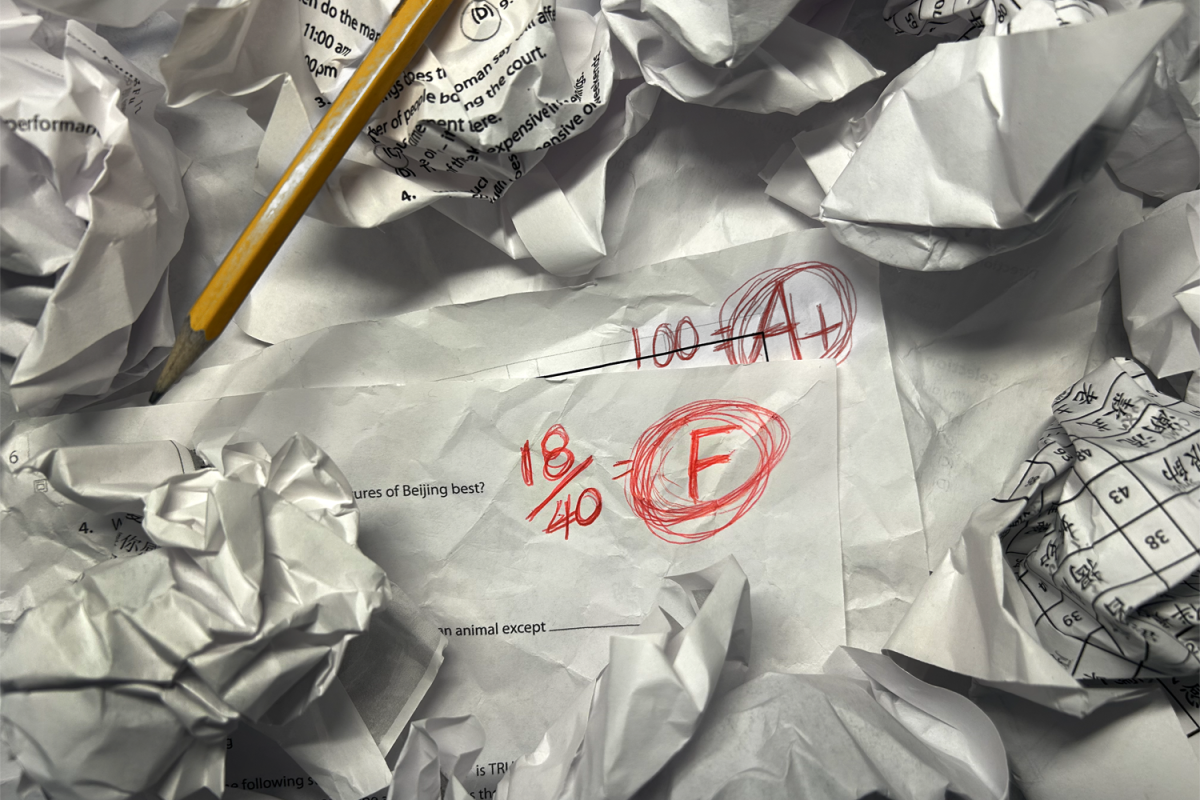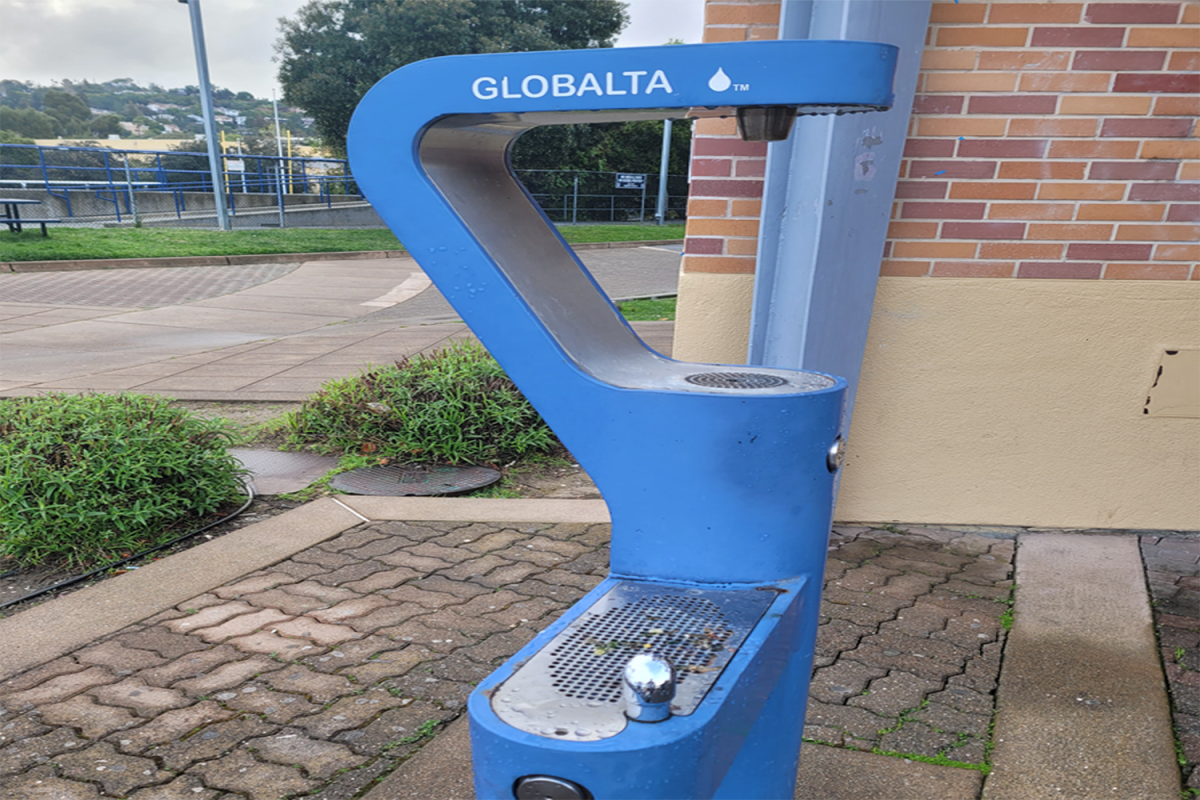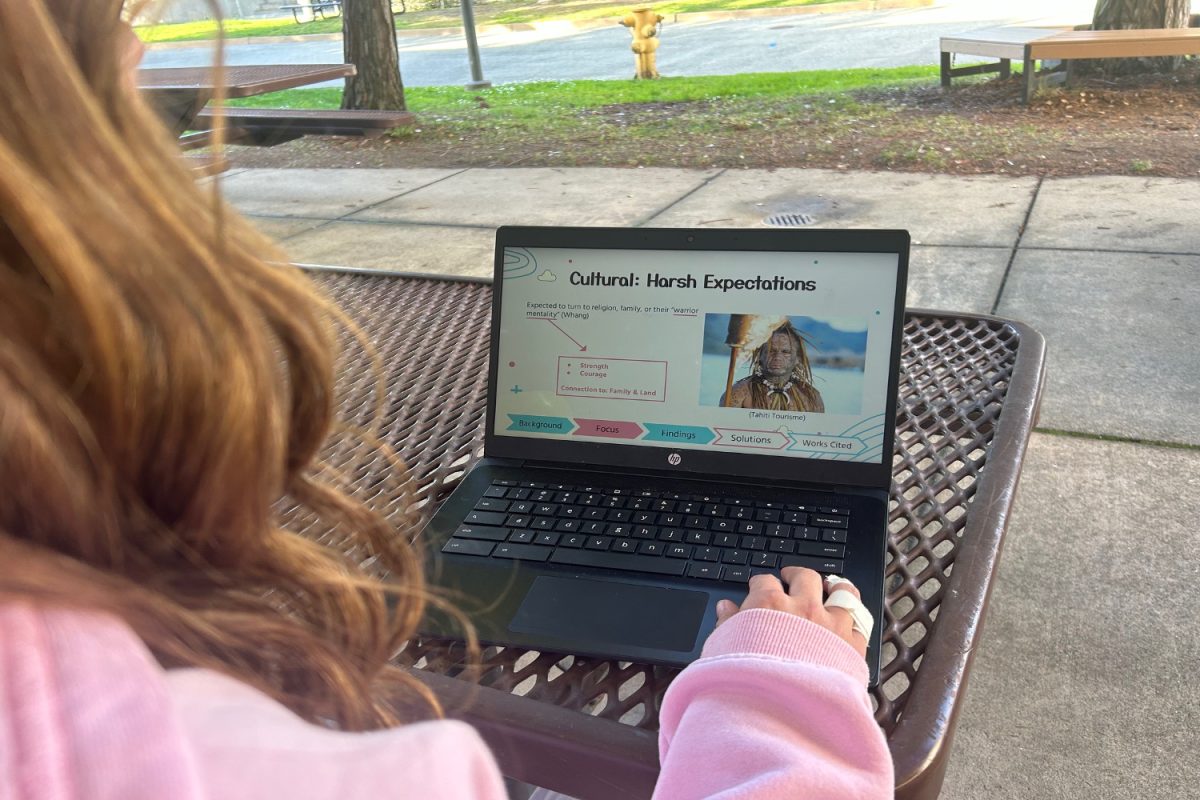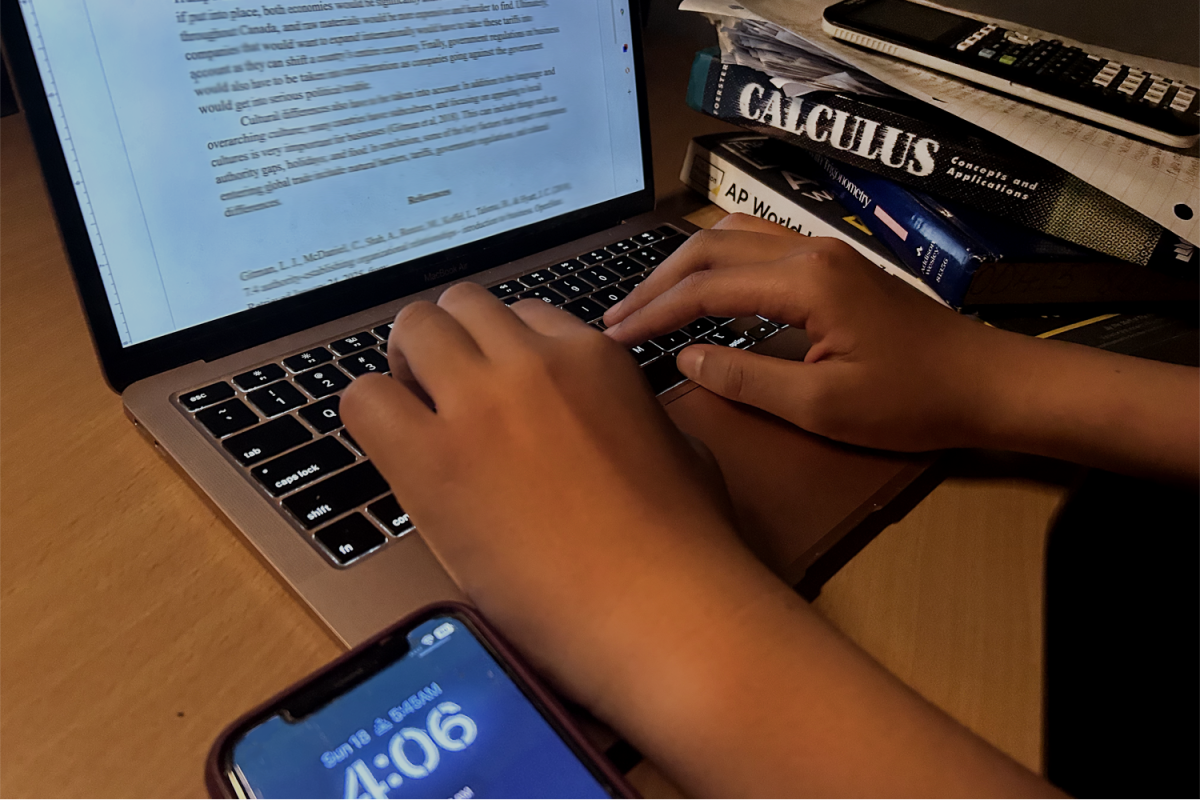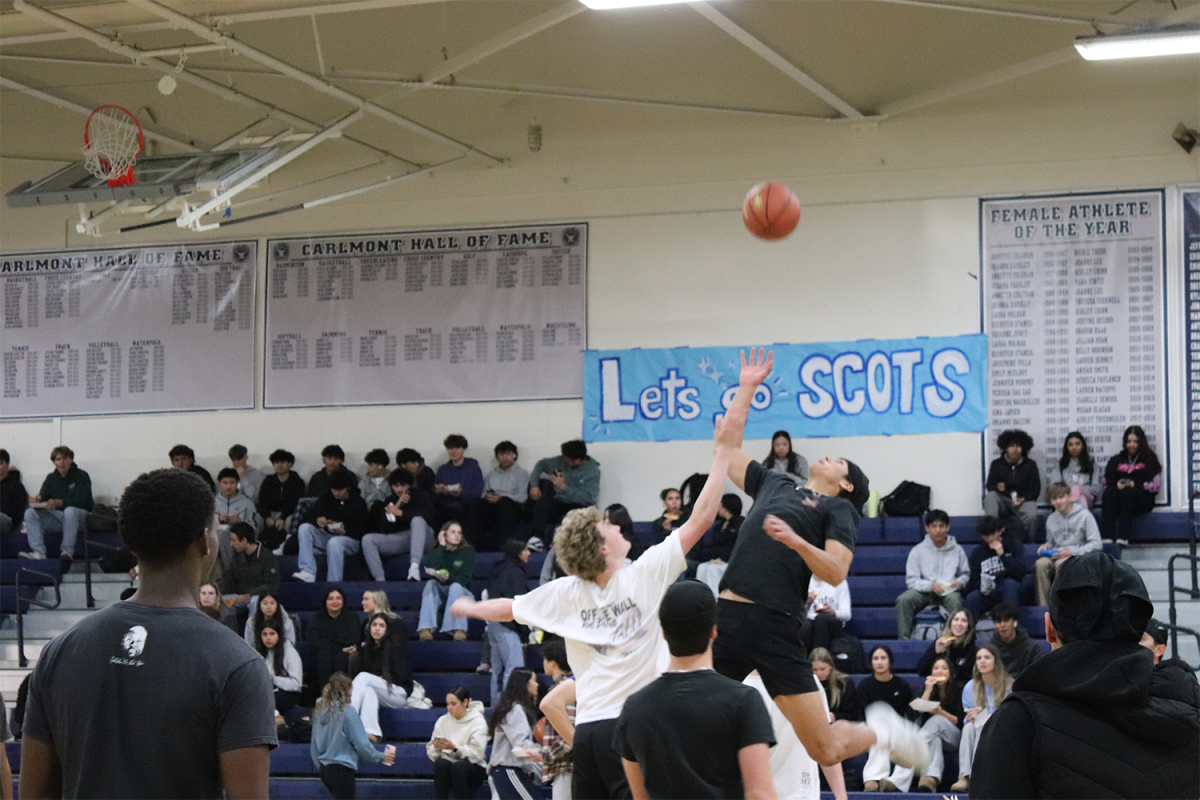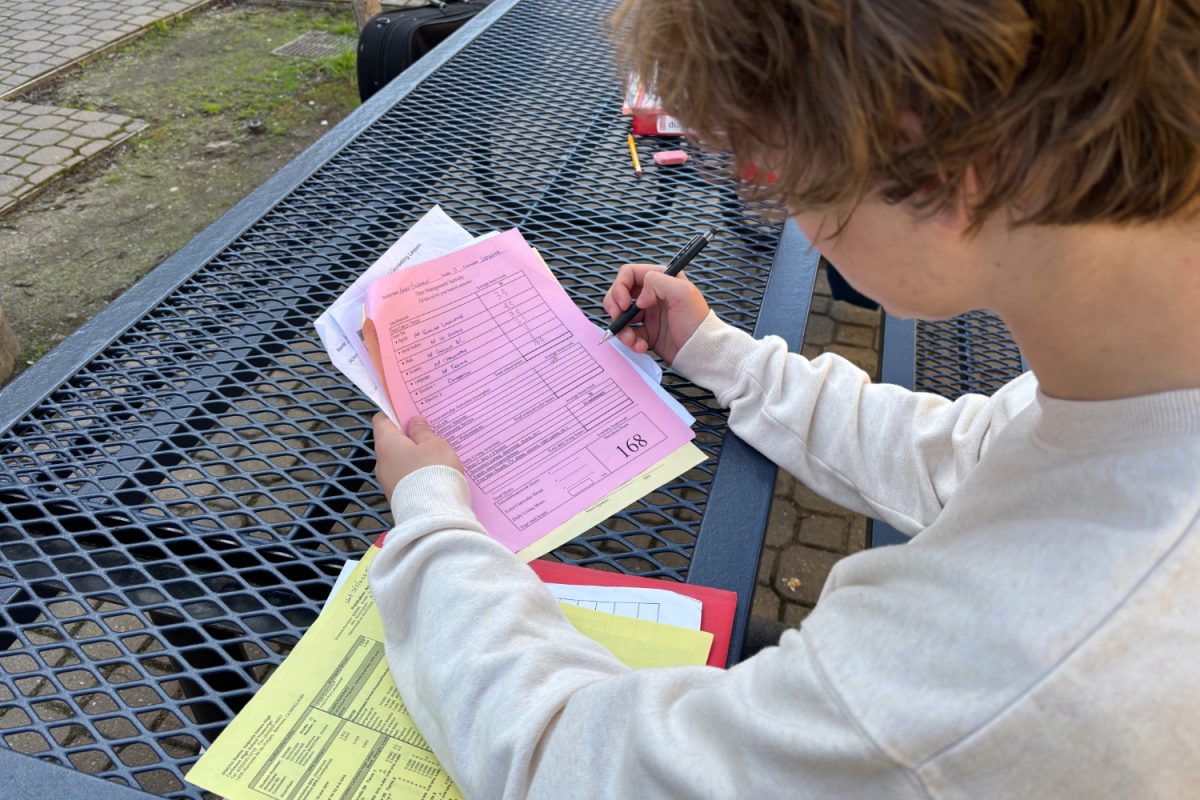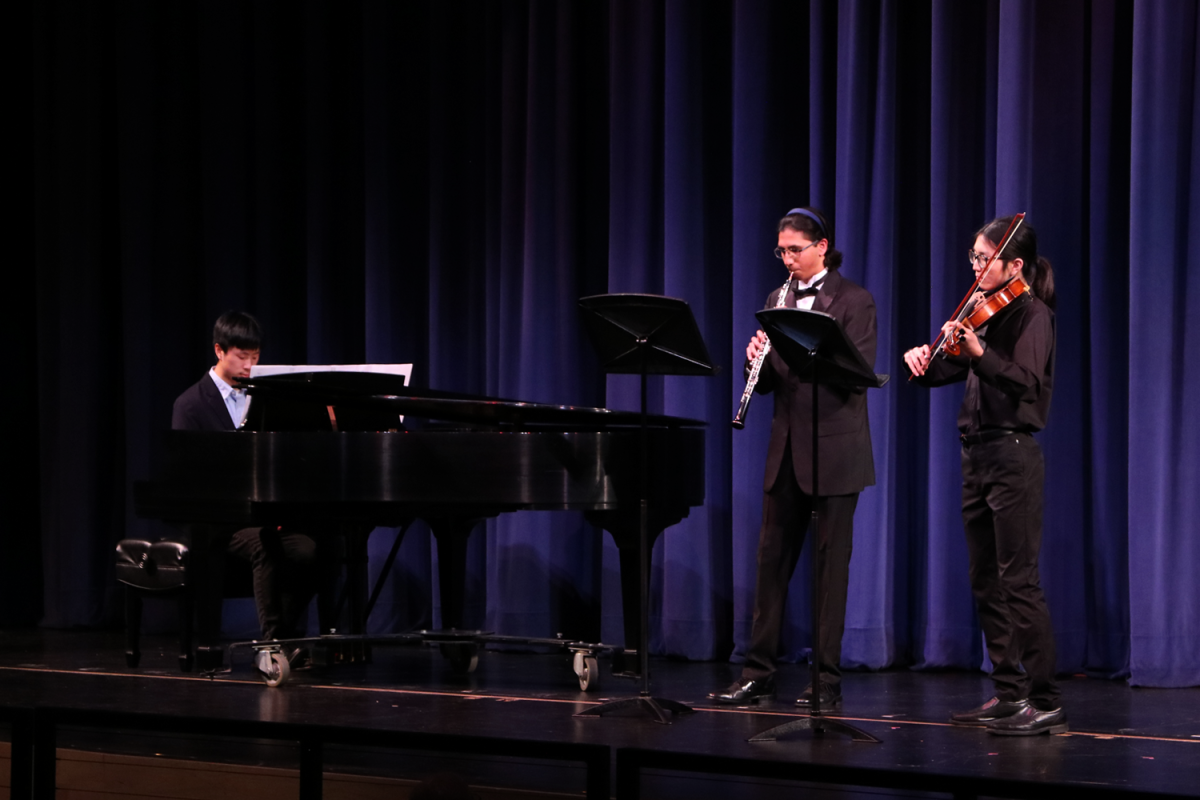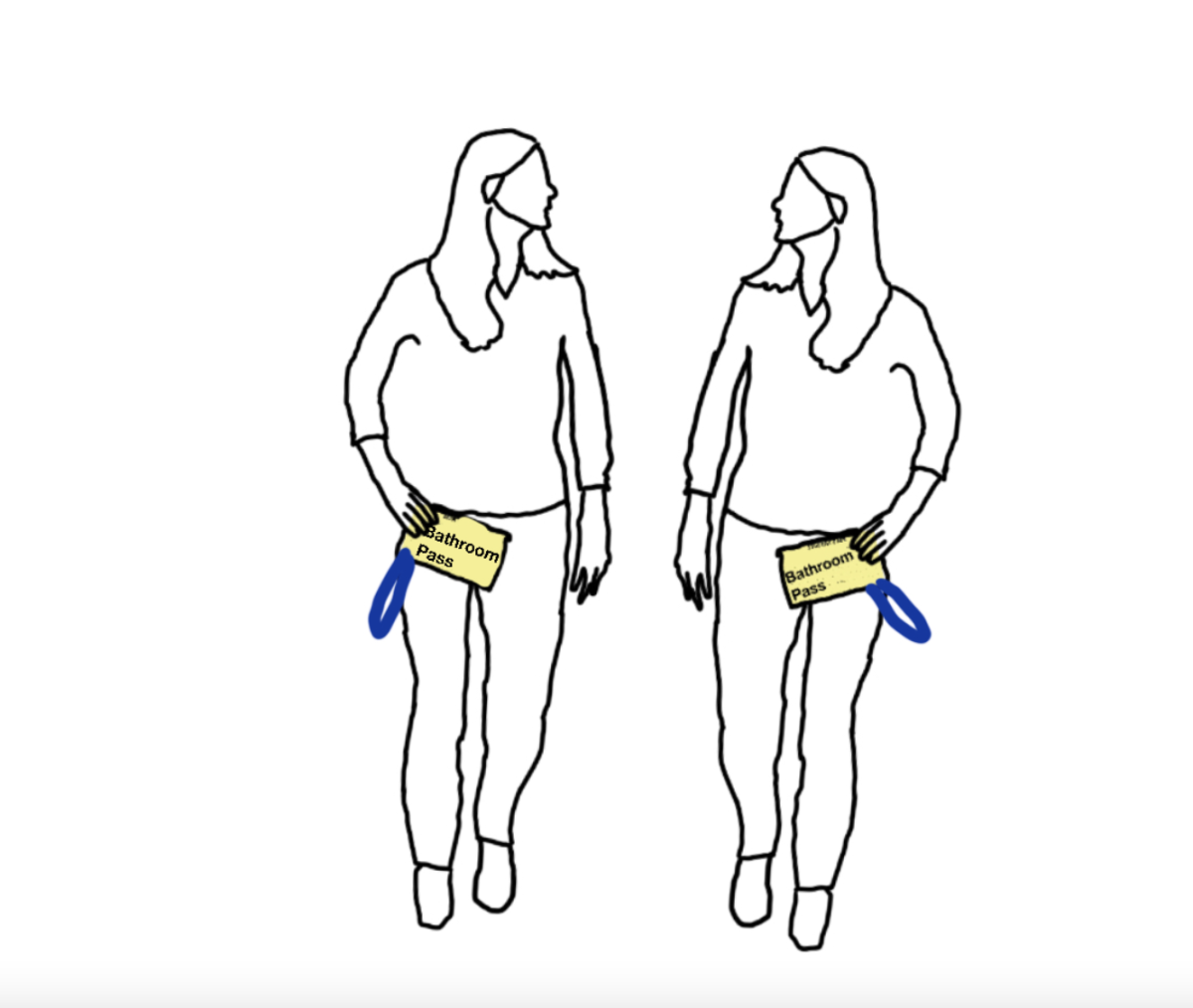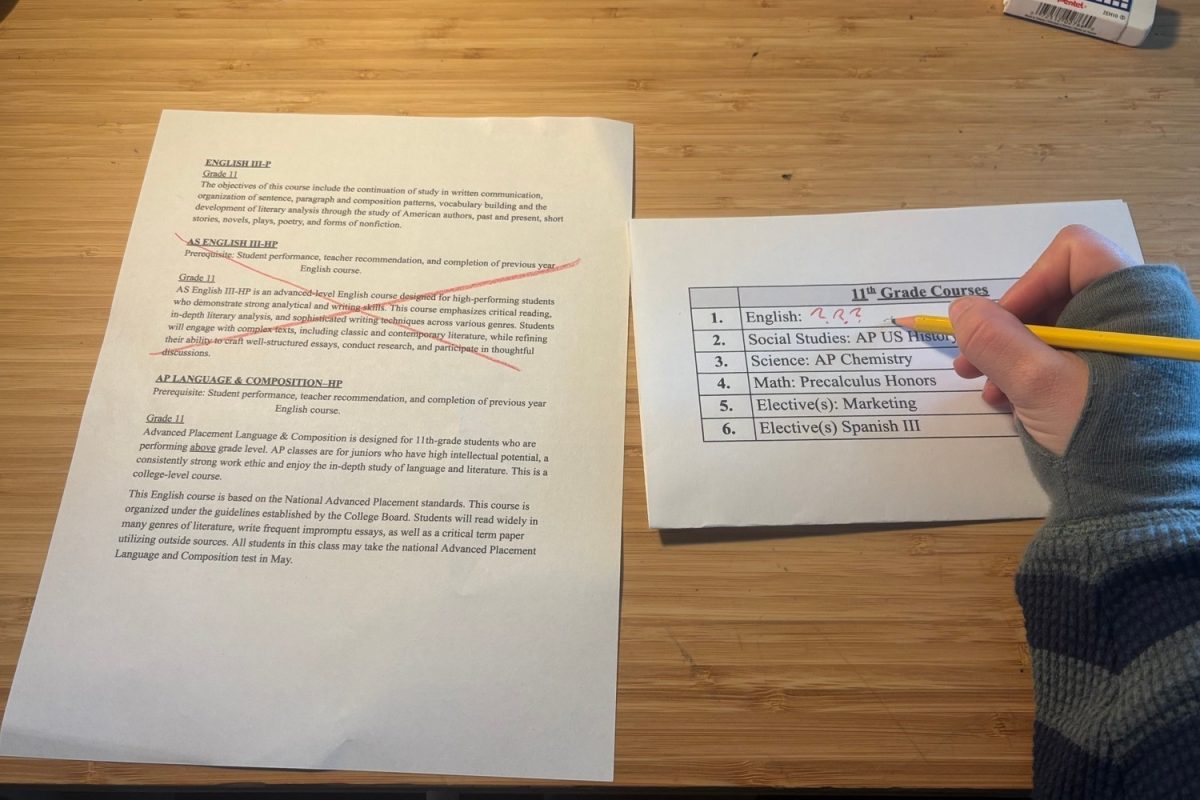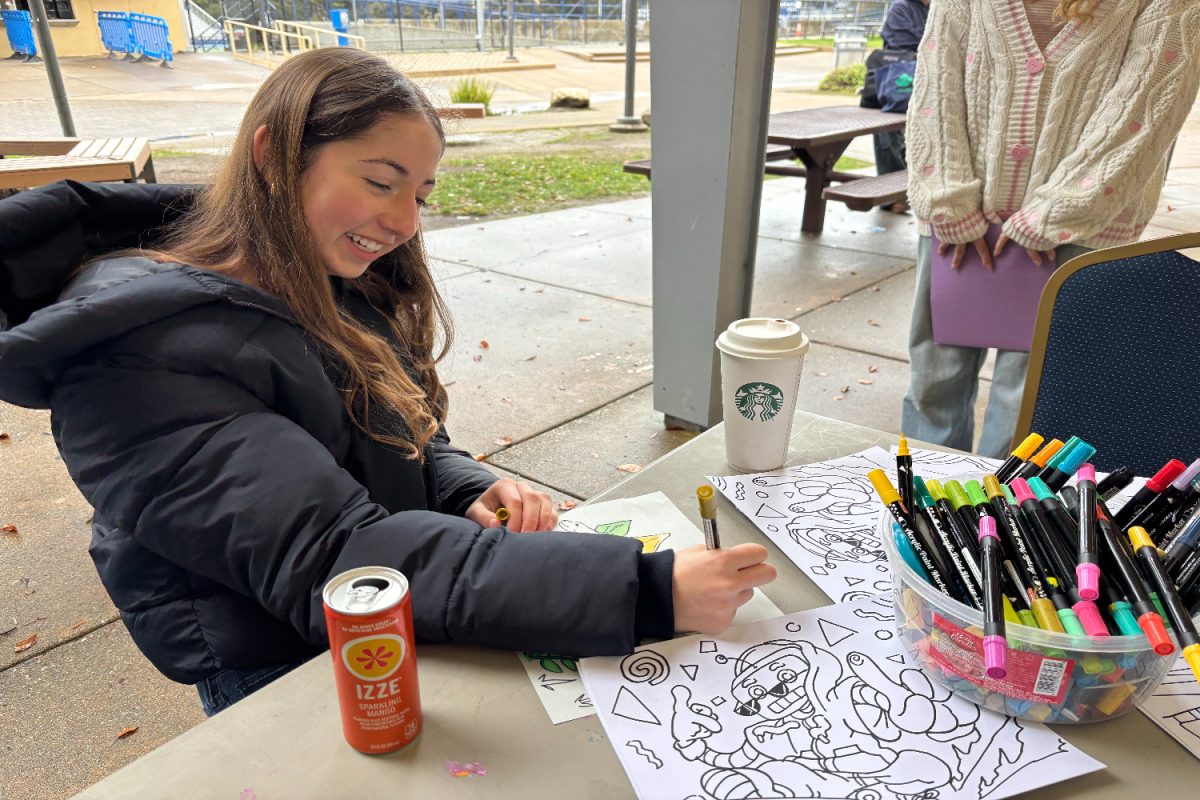As the second semester starts at Carlmont, students and teachers work to regain focus and motivation, navigating higher expectations and new goals.
With winter break now in the past, students struggle with enhanced academic challenges and the new responsibilities of testing, extracurriculars, and applications. Many teachers also feel the pressure of covering all the coursework in time, and some experience many shifts in their curriculum while building on material from the first semester.
“I feel like teachers have higher expectations on you because they think you should have had time to adjust to classes, and you’re in the last half of your courses,” said sophomore Jaime Yong.
Workload and pacing comparison
In addition to the difficulty of classes ramping up, students often see a noticeable shift in workload. During the fall, teachers tend to take their time and explain the rules and foundations of the class, but by the spring, they often demand a faster pace, and more work is usually assigned.
“When I taught advanced classes, the spring semester would sometimes feel like we needed to ‘pick up the pace’ to cover all the material on the externally graded exam. It often felt like there was less time to go as in-depth as we did with some of the concepts in the fall,” said David Weyant, a Carlmont business and entrepreneurship teacher.
Students are also impacted by this shift, expressing how the change often feels abrupt.
“The second semester is less forgiving since the winter break is much shorter. It’s only the first week back, and I already have a lot of homework compared to what I normally would have in the first semester. It’s kind of like they push you right back into school,” said junior Jolie Zheng.
To adjust to these changes, students must find a way to balance their various classes and commitments outside of school.
“I think time management is important depending on what you value,” Yong said.
Additionally, some grade levels often have it more challenging than others. Seniors might feel more laid back due to their completed college applications, while many freshmen feel nervous for the final stretch of their first year. Juniors often face much pressure in this period, as they tend to have an overlap of SAT and standardized testing prep, job hunting, extracurriculars, and college searching — all on top of their challenging AP courses.
“Time management will definitely be useful because I have a lot of things to worry about in the second semester such as the SAT that I’m taking in March, which I need to dedicate time to study for,” Zheng said.
Student motivation and mental health
The acceleration of the second semester can often lead to students facing challenges in their mental health and an overall decrease in motivation.
“From my observations, the level of motivation depends on grade level, program, and class importance. There is definitely a thing called ‘senioritis.’ Many seniors have taken difficult classes and feel they should cruise their senior year, especially in the spring. Also, finding out about college acceptance affects motivation,” Weyant said.
While the first semester can feel like a fresh start, the second semester can have students in the same routines but with increased academic struggles, creating differences in motivation and confidence.
“I’m less confident about this semester because I have a lot of other work I have to figure out how to balance with school now, such as competitions, tests, and summer program applications,” Yong said.
Advantages of the second semester
While the spring brings a newfound stress level for some, it also allows students to apply the skills they learned in the fall semester.
“In AP Seminar, the fall curriculum is an introduction to all the skills students will be applying throughout the Capstone Program, applying those skills to one performance task that finishes during final exams. The spring continues growing those skills across another performance task and a seated exam, finishing the year with post-exam work that will either prepare students for AP Research or their future course of study at Carlmont,” said Andrea Struve, an AP Seminar and AP Research teacher at Carlmont.
In the second semester, students often have a clearer understanding of what the course demands and the teacher’s expectations for them.
“I do feel that students are better at figuring out the cadence of the class, the workload expectation from the teacher, the learning and retaining of concepts, and carrying over the skills learned in the fall semester,” Weyant said.

